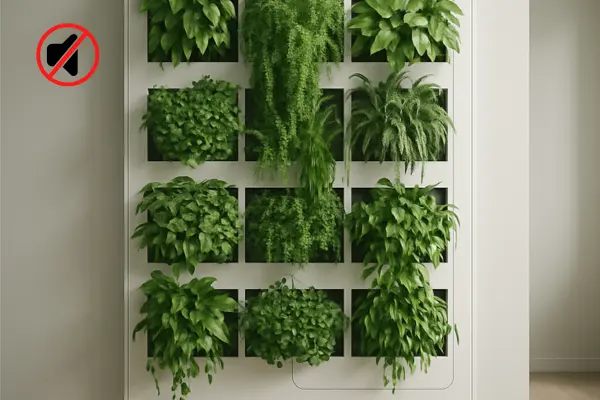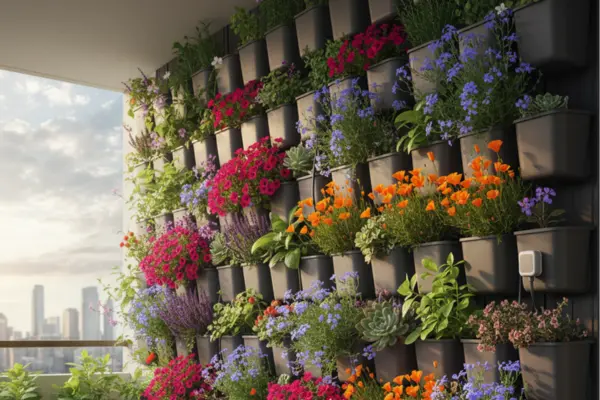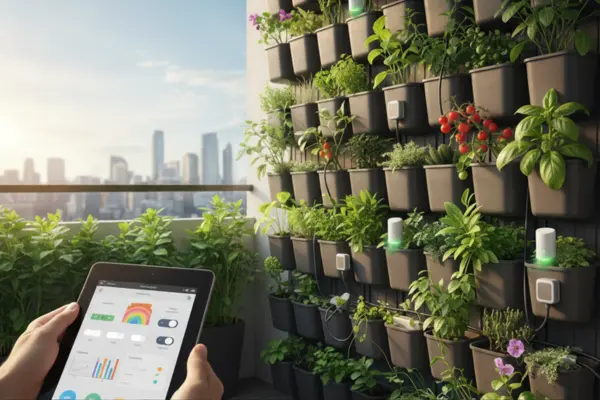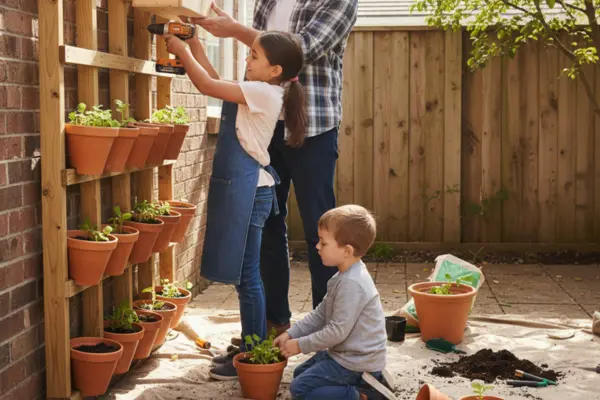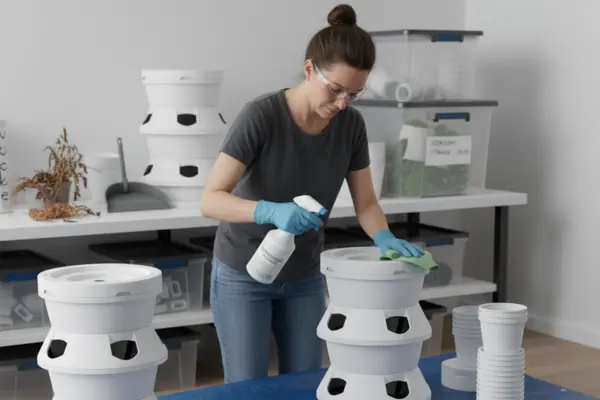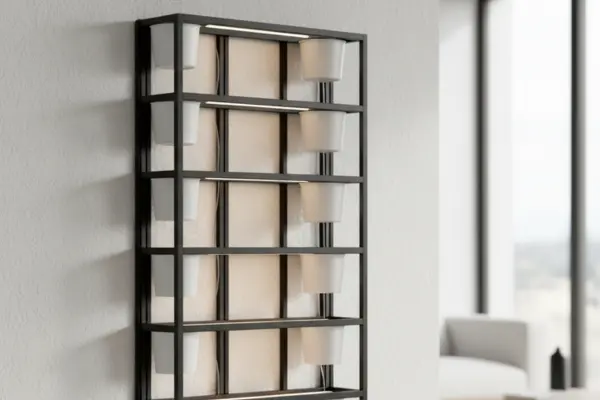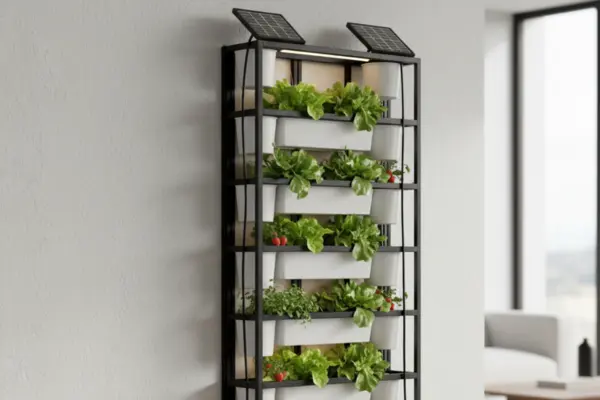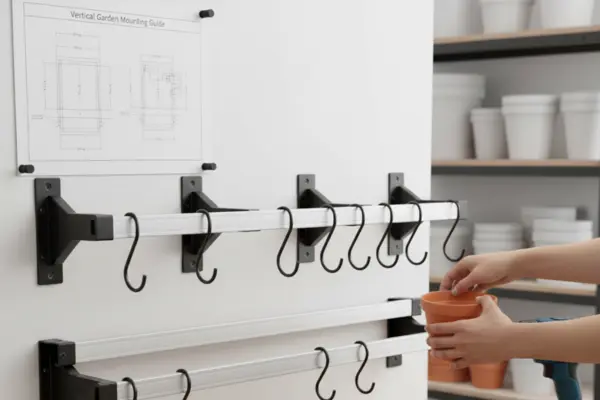A beautiful living wall should sound like… nothing. If your vertical garden hums, rattles, or gurgles, the noise usually comes from a few predictable places: pump vibration, water splash, air whine from fans, and tubing chatter. The good news: you can cut most of it with simple design choices—no expensive gear required. This guide gives …
Want the color and drama of a full flower display without babysitting a hose? Drought-tolerant flower towers are your answer. By combining efficient vertical planters with plants that naturally sip water, you’ll get months of bloom—even in hot, dry spells. The secret is choosing the right varieties, using a moisture-smart mix, and watering on a …
Ever wished your balcony or kitchen window could smell like a tiny botanical garden—lavender in the morning, jasmine at dusk, a hint of vanilla when you pass by? A fragrant flower wall makes scent the star. With the right plants, smart placement, and simple care, you can enjoy continuous perfume from sunrise to bedtime—all in …
Heatwaves, gusty balconies, and dry spells don’t have to wreck your living wall. With a few smart choices, your vertical garden can handle weather swings and still look great. This guide shows you how to plan, plant, and maintain a climate-resilient vertical garden—from substrate and irrigation to shade, wind control, and weekly routines. You’ll get …
Want your vertical garden to water itself only when plants are thirsty, or switch grow lights on and off without you touching a thing? You don’t need a high-end controller. With a few budget sensors and a smart plug or two—each under $50—you can add real automation to walls, towers, and pocket planters. This guide …
Want your kids to fall in love with plants without sacrificing your walls, floors, or sanity? A family-friendly vertical garden turns a blank fence or indoor wall into a living classroom. It’s compact, safe, and designed so little hands can help with real tasks: watering, harvesting, and even simple pest checks. This post shows you …
A vertical garden is more than just plants—it’s also pumps, trays, pipes, meters, and tools. Over time, these collect dirt, algae, and even plant diseases. If you simply pack them away at the end of a growing season without cleaning, you risk starting the next season with hidden problems. That’s why sterilizing and storing your …
A vertical garden is only as strong as its frame. Whether you’re building a compact herb wall or a large outdoor display, the frame supports your planters, irrigation system, and sometimes even lighting. Choosing the right material—metal, wood, or PVC—can affect durability, cost, and overall design. This guide compares these three popular frame materials to …
Vertical gardens often need more than soil and plants—they also rely on pumps, timers, fans, and grow lights. But what if your setup is on a balcony with no outlet, a community plot without electricity, or even an off-grid cabin? That’s where portable power solutions come in. With the right setup, you can run your …
One of the most exciting parts of vertical gardening is the flexibility. Whether you’re setting up a small herb wall in your kitchen or a full display outdoors, mounting systems—like brackets, rails, and planter hooks—make it possible to design a garden that fits your space perfectly. The good news is that you don’t need expensive …

